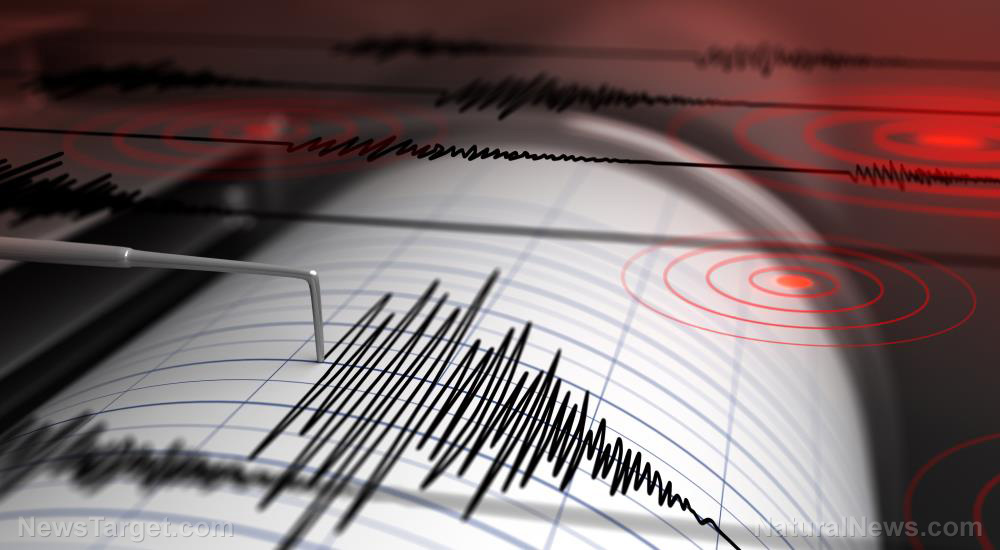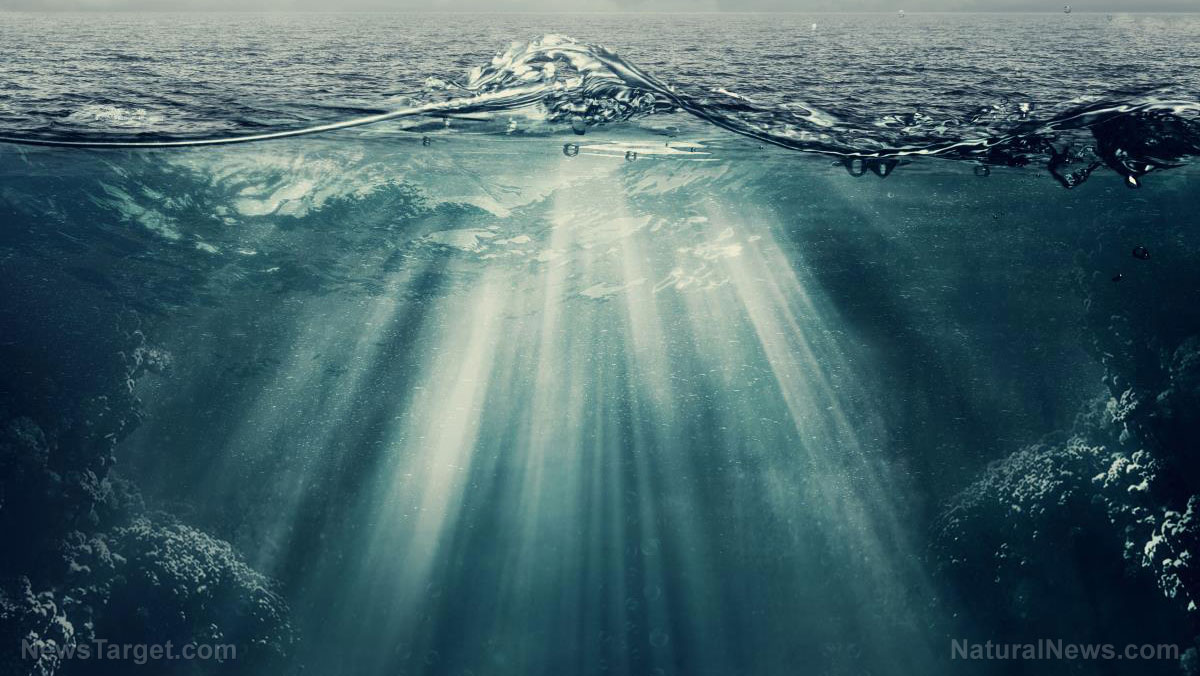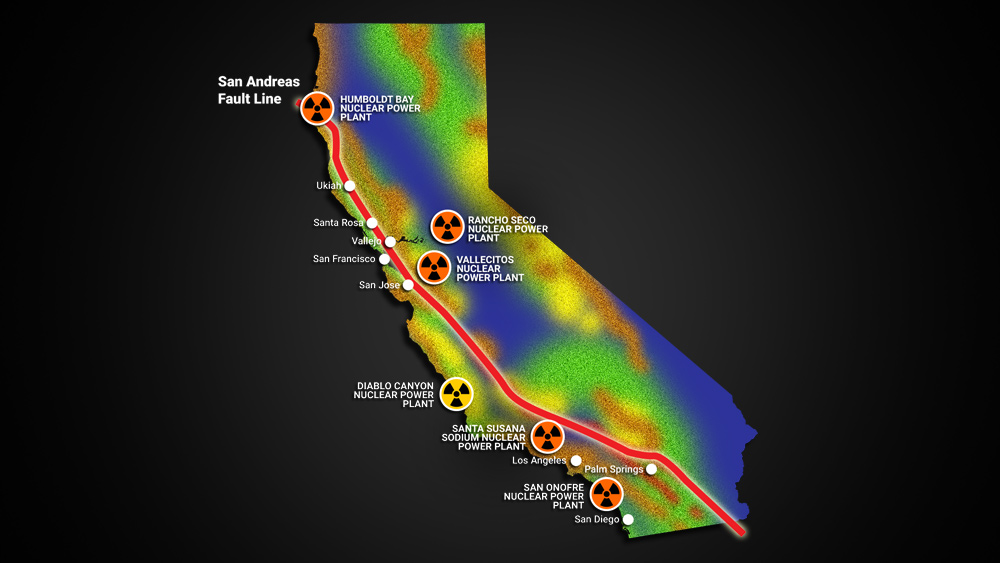
In a March episode of PBS Terra's "Weathered," meteorologist and host Maiya May showed how vulnerable the Pacific Northwest is to the so-called "Big One" earthquake along Cascadia. She said that this disaster would likely cause more damage to the U.S. than the magnitude 9 Tohoku earthquake did to Japan in 2011.
"Here on the West Coast of the United States, we're nowhere near as prepared as Japan was for this kind of disaster," May said.
Even before the 2011 quake, the East Asian country was already a world leader in disaster preparedness.
It can tell an earthquake's magnitude in an instant and is home to the world's biggest flood infrastructure. Most of its buildings are also earthquake-proof, something that served the nation well during the first few minutes of the 2011 disaster.
Although Japan's preparations helped mitigate the quake's initial effects, ultimately these were not enough to prevent the Fukushima nuclear accident and the thousands of deaths caused by the ensuing tsunami.
Oregon-based engineer Allison Pyrch visited the country shortly after the disaster. In an interview with May, she recounted the devastating scene that the tsunami left in its wake.
"It toppled most of their tsunami walls, inundated huge amounts of the Japan coastline and killed 16,000 people," she said. "You can imagine where the water went because you can see the water lines on the trees on the hills around it. You can see the pieces of people's lives strewn around."
As an Oregonian, Pyrch feared that the same fate would befall Oregon, which sits near Cascadia. The 600-mile fault runs from northern California to British Columbia in Canada. It is flanked by the Juan de Fuca Plate to the west and the North American Plate to the east, both of which are perpetually moving toward each other in a tension-building collision. Once enough tension accumulated, it will find release and trigger an earthquake as large as magnitude 9, which is as strong as what struck Japan. (Related: Is the Cascadia Subduction Zone about to blow?)
Lack of preparedness, dated buildings will exacerbate Cascadia earthquake and tsunami
Oregon State University geologist Chris Goldfinger expressed his concern about his home state's lack of preparedness. He was in Japan when the quake hit and observed that only a few buildings toppled to the ground afterward. But in the case of Oregon, buildings wouldn't be able to survive the Big One, he forecast.
"If that had been Cascadia and I'd been at work, my building would have collapsed. There's no question about it," he told May. "I might've gotten out, I might not, but it would be gone."
The lack of preparedness stemmed from the fact that Cascadia had been "silent" for a long time, Goldfinger said, which fueled the notion that it was aseismic. But in the 1980s, scientists discovered that the Pacific Northwest simply sat in a currently quiet spot, hence the absence of seismic activity.
But this period of dormancy will likely end very soon, as Cascadia is long overdue for a major earthquake. The fault ruptures every 250 years, and the last time it did was in 1700. Recently, scientists estimate that the Big One has a 37 percent likelihood of occurring in the next 50 years. Once this happens, states such as Oregon and Washington could lay in ruin.
According to Pyrch, bridges and other infrastructure in areas like Portland and Seattle would warp and fall off their foundations, while unreinforced masonry buildings would collapse. Meanwhile, the oil terminal storing 95 percent of both Oregon and Washington's fuel would deform, spill and potentially catch fire.
"The Cascadia Subduction Zone earthquake is going to be one of the worst disasters America's ever seen," she remarked. (Related: Prepping for the unexpected: What to do before, during and after a sudden disaster.)
Moreover, the quake would also trigger a tsunami that could reach up to 100 feet. The first wave would hit shortly after the quake, leaving residents of coastal communities with as little as 20 minutes to evacuate. Though residents could readily find an elevated area on Oregon and Washington's hilly landscape, old infrastructure would complicate the matter.
In the coastal town of Seaside, Oregon, for example, running for the hills would require crossing one of the town's many dated bridges, which Goldfinger noted were not retrofitted to withstand an earthquake. If the bridges were to collapse, he said, evacuees would have to swim the river.
"I look around at the Pacific Northwest and I can see visually that we are a thousands years behind," the geologist remarked. "This is not going to be easy to catch up."
Learn more about how to prepare for earthquakes and tsunamis by following Preparedness.news.
Sources include:
Please contact us for more information.























